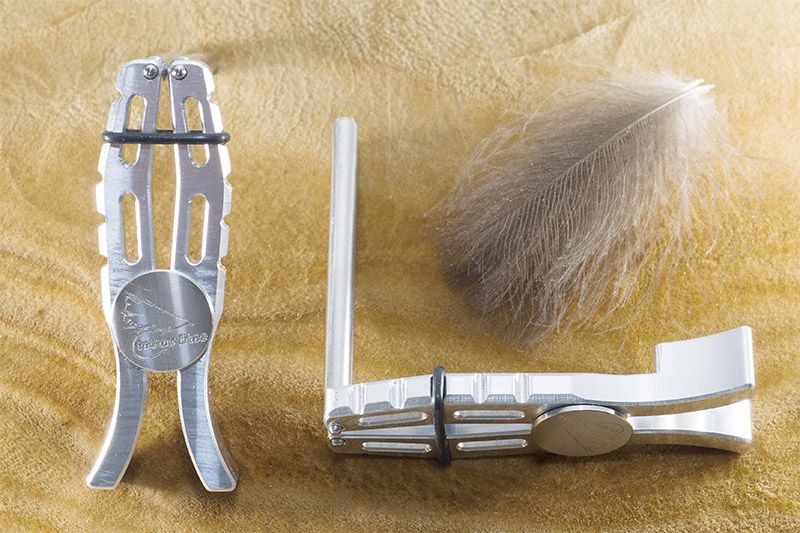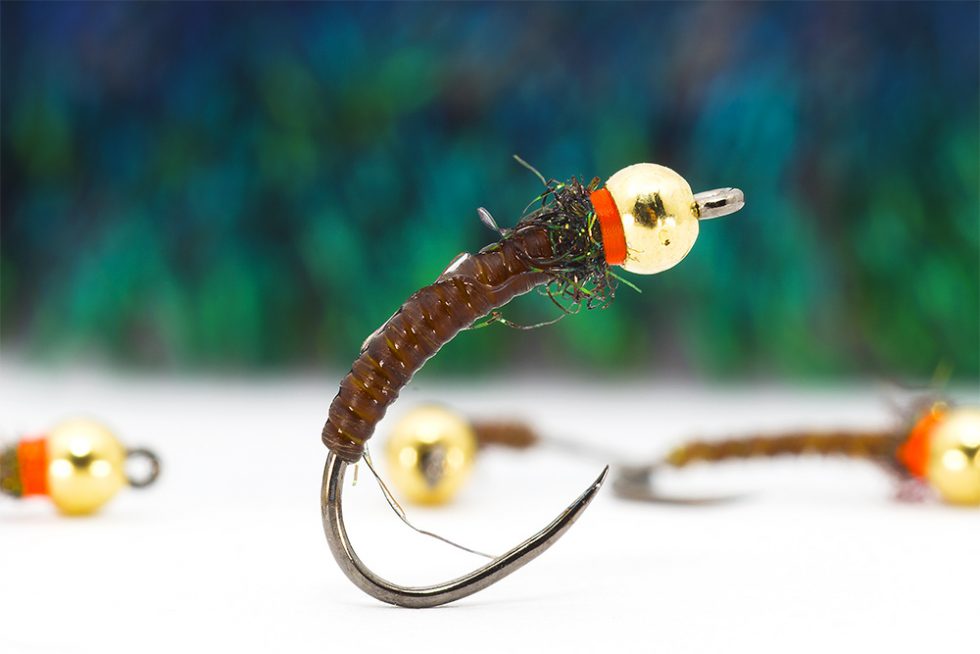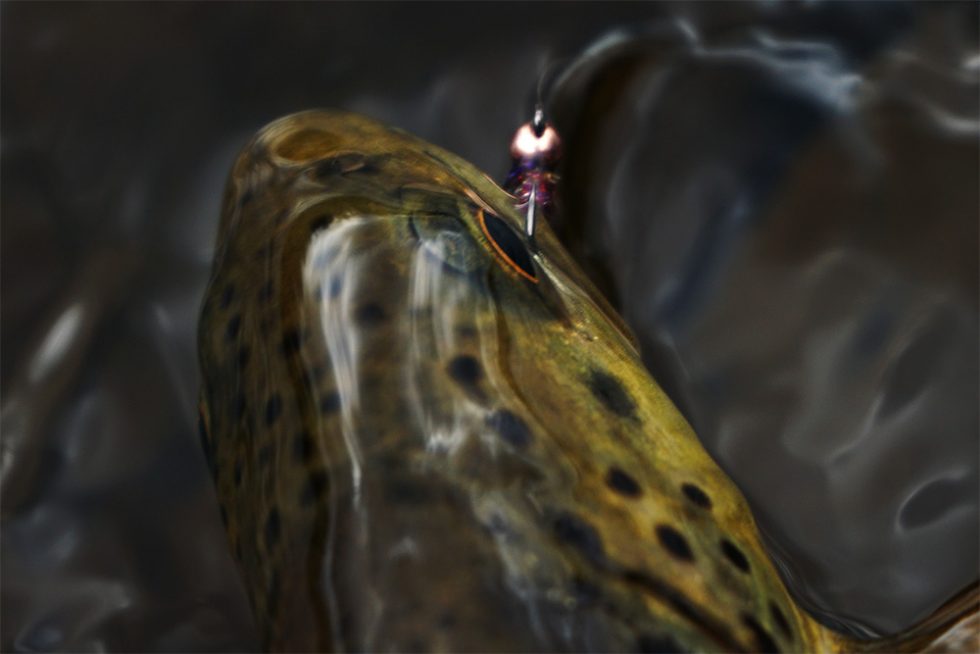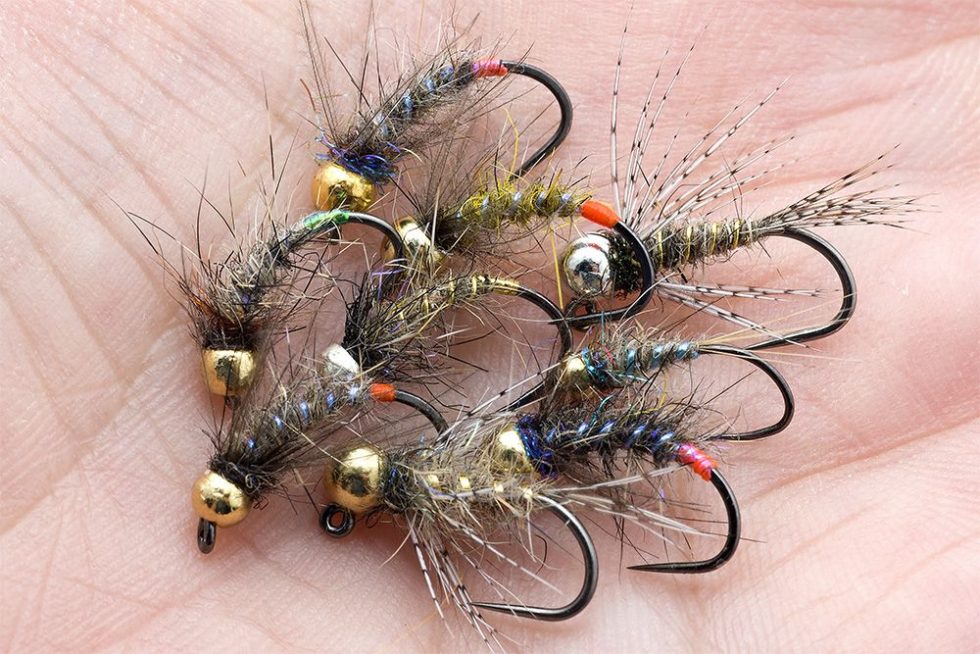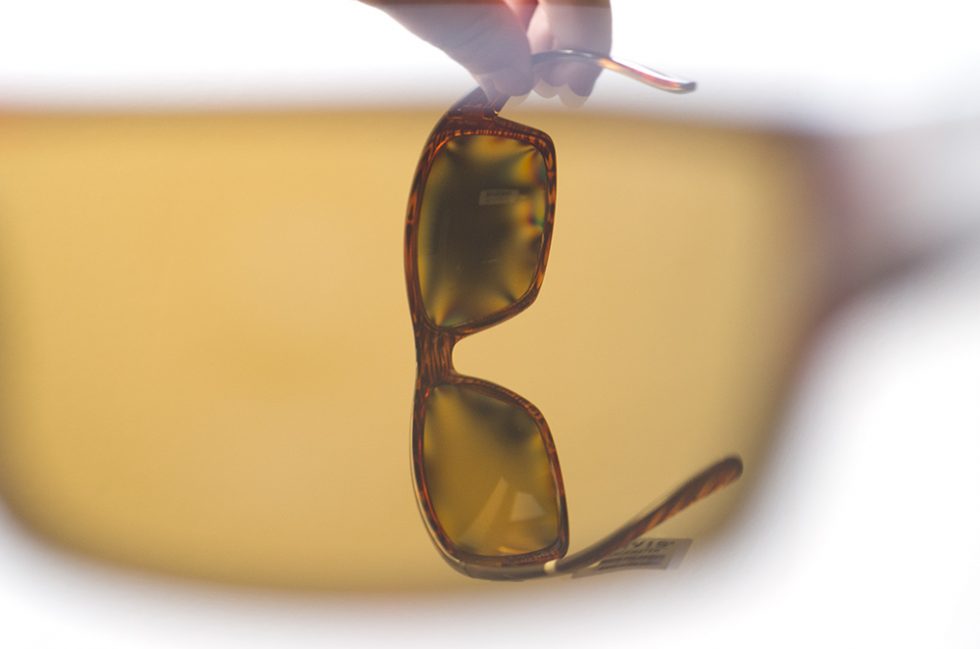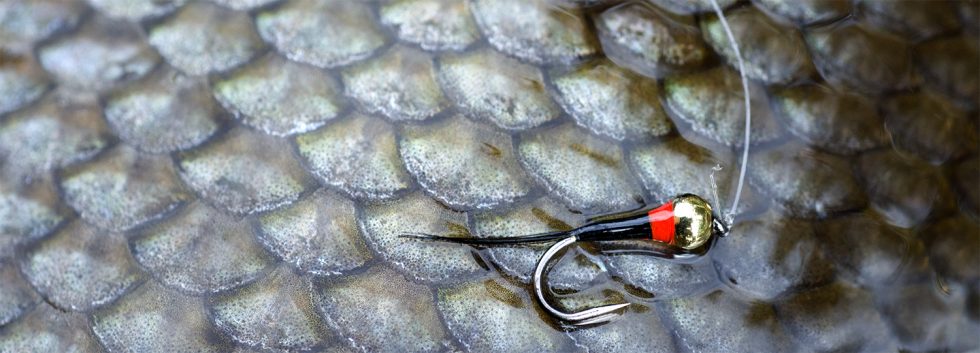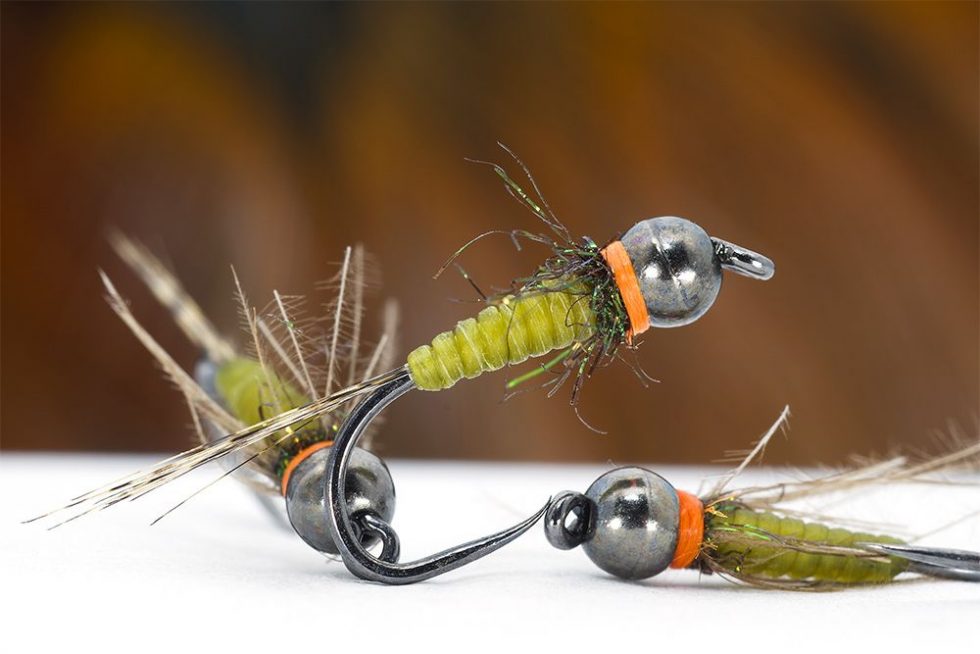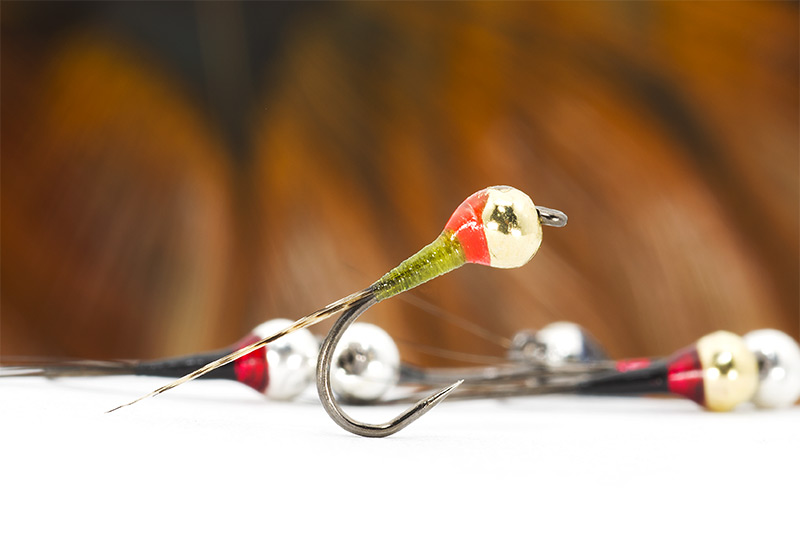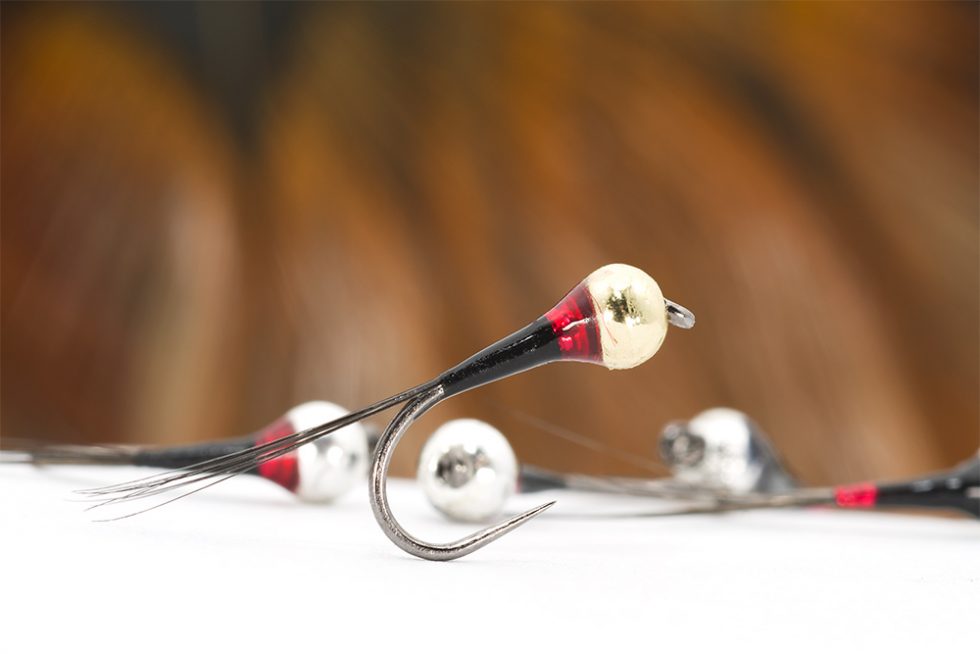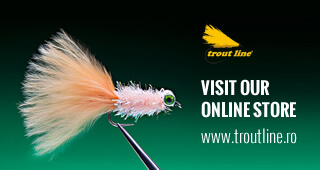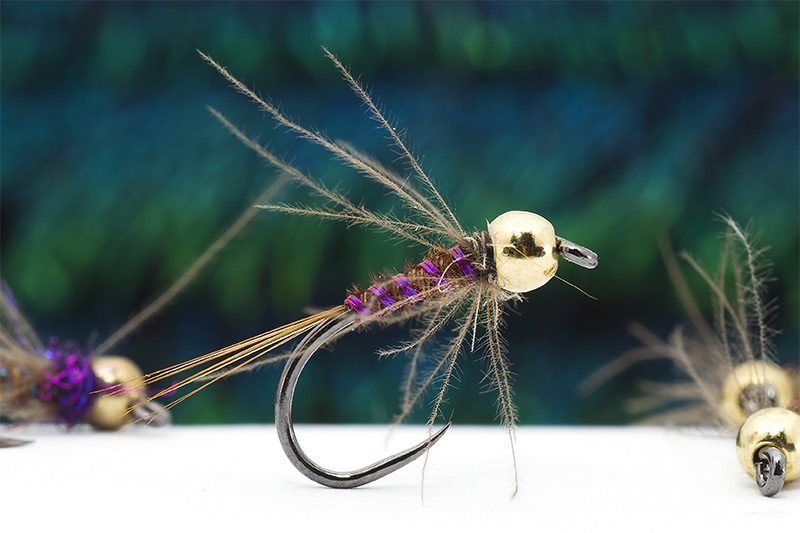
We call it because it has a sparse CDC hackle wich is very vibrant in water. Even if the fly stays hanging the CDC will work and pulse under water currents. Pheasant fibers are well known for their efficiency and together with CDC, the nymph has everything to catch trout and grayling. ...

